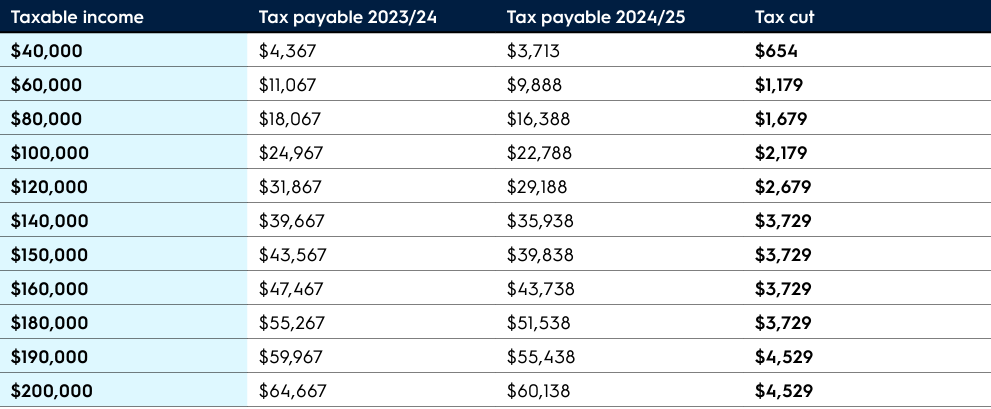Here’s a quick rundown of the latest law changes
They say nothing is certain in life except two things – death and taxes.
Australians can probably add a third – the knowledge that come the end of financial year, the rules around superannuation and taxation will inevitably change.
It can be hard keeping up with all the latest super and tax rule tweaks so here’s a quick guide to everything you need to know about what’s changing on 1 July 2024.
First, some good news.
Your employer will contribute more towards your super.
If you’re a PAYG employee, your compulsory super guarantee (SG) payment will go up by half a percentage point to 11.5%…and you can tip more in as well
There are annual caps – or limits – on how much money you can contribute towards super, both in terms of pre-tax ‘concessional’ contributions and after-tax ‘non-concessional’ contributions.
Both these caps are going up, so if you have any spare funds, you’ll be able to move more of your money into super’s low-tax environment.
- The concessional cap is increasing from $27,500 to $30,000 a year.
- The non-concessional cap is increasing from $110,000 to $120,000 a year.
This means if you have less than $1.66m in your super on 30 June 2024, you might be able to bring forward three years of non-concessional contributions (NCC) up to $360,000.
If you’re lucky enough to have more than $1.66m in your super, these bring-forward rules change – see the table below.

What this means for your super strategies
While the higher concessional cap will allow you to sacrifice more salary into super, the increased SG rate will reduce some of your extra capacity. So, it could be a good time to review any existing salary sacrifice arrangements you have with your employer.
Turning 60 in 2024/25? Here's what you need to know
Your preservation age is the age you can start to access your super. It’s between 55 and 60, depending on when you were born.
So, if you’re born after 1 July 1964 and you’re turning 60 in the 2024/25 financial year, you’ll be able to access your super for the first time. It’s been a long haul, but you’ve finally made it…congratulations!
- You’ll be able to withdraw larger lump sums if you’re retired without worrying about the low-rate cap of $235,000.
- You’ll enjoy tax-free pension income payments, regardless of whether you have a transition to retirement (TTR) or retirement income stream.
If you’re still working, you won’t have full access to your super until you reach 65. But you can start accessing your super with a TTR strategy which allows you to draw regular income up to 10% but doesn’t allow lump sum withdrawals.
You'll pay less income tax
The Government’s long-awaited ‘stage 3’ tax cuts are coming into effect on 1 July 2024. While there have been well-publicised changes – lower income earners will receive a higher cut than originally proposed, while higher income earners will receive a lower cut – the bottom line is that all personal income taxpayers will pay less tax.
Your tax cuts from 1 July 2024

What this means for your EOFY tax strategies
Before 1 July 2024 you’ll still be paying a higher rate of tax. So, you might like to think about bringing forward any tax deductions by:
- making personal deductible contributions to your super using any unused amounts from 2018/19
- prepaying any deductible expenses such as income protection premiums and investment loan interest where possible.
After 1 July 2024 you’ll be paying a lower rate of tax. So, you might like to think about deferring any taxable income from:
- selling an asset that generates a capital gain
- receiving an employment termination payment or leave entitlement
- applying for a First Home Super Saver Scheme release
- making a taxable super withdrawal, such as total and permanent disability under age 60.
We are here to help
Everyone’s circumstances are different, and we are here to help you make the most out of the super and tax changes for your financial & personal goal. Simply click “Contact” below to reach out to us!


